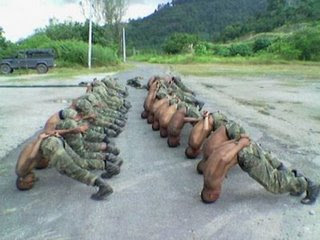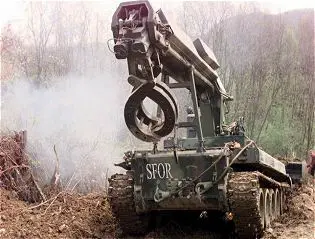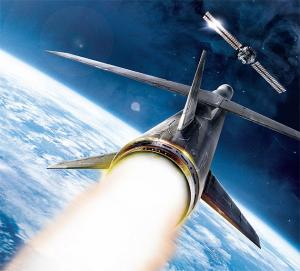Visit us here.

Ammat Victoria Curam
INTRODUCTION
This is the SACTO (Santiago Anti Communist Treaty Organization) institute of higher learning center dedicated for the advancement of defense studies and also military science. Since its inception in the year 1882, and initially established for the Cuscatlanian military, the Santiago Military Academy had developed for the purpose of serving and training students and soldiers in the Axis Alliance.
At the present, the Academy is divided into three distinct division; the first division is designed to train Officer Cadets from all active member states of Axis Alliance, where students enrolled in a 4 years military training and tertiary level education, when upon commissioning they will be awarded Bachelors Degree and also a commission in the Axis Armed Forces.
The second division is open to senior active serving military members of the Axis, where Santiago Military Academy offers further studies in advance military science and also opportunity to complete Axis standardized Armed Forces Command and Staff program.
Third and finally, is the Axis Alliance's research and development think tank division, designed specifically for the advancement of military science and warfare studies, where strategist, researchers and military leader from across the Axis Alliance band together in SMA to prepare every nations for future conflict and wars either through formulating a new joint doctrine or developing a new weapons platform.
University Facility
MISSION AND VISION
Here in Santiago Military Academy, our 'Out Out Character' [OOC] missions & visions are:
- To provide a world class military education to all members of the Santiago Military Academy based from Real Life experience/ doctrine or training by educating roleplayers with proper military knowledge.~
- To assist in achieving Axis Alliance goal to create an exclusive and a premier military realism roleplay group in NationStates for as long as this alliance is in active operation.~
- To provide a platform for military related discussion for NationStates roleplayer in the Axis Alliance in order to maintain, build and further our military skills and knowledge.~
- To help improve and promote a realistic and high quality roleplaying environment throughout NationStates and International Incident sub forum.
"Serve to Lead; Strife for Excellence"
RULES AND REGULATIONS
- This thread is open to members of the SACTO Alliance and authorized roleplayer only. (If you are not a member but wishing to participate please convey a message to members of the Axis.
- Standard NS rules shall applies at all time without failure.
- This thread is both an In Character roleplay and an OOC roleplaying community platform.
- The rights on all materials published as part of this roleplay community belongs to the respective members, and Axis do not allow any external user to publish our publication in whole or in part of without prior consultation and permission. Plagiarism is as bad as the communist bastard we're trying to fight in our RP! Otherwise, feel free to read our materials.








































